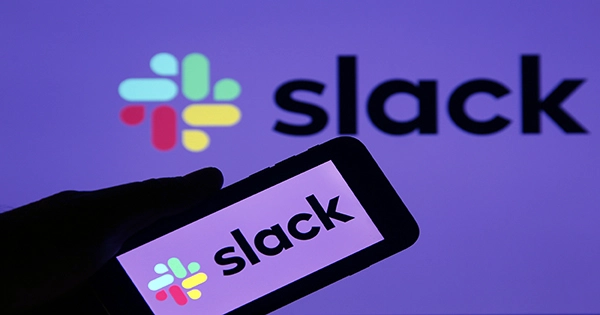On Tuesday morning, Slack is experiencing some problems and is unavailable to some users. Users are flocking to social media to complain that they are unable to send messages and that some are unable to use the network at all. “Slack is not loading for some users,” according to the company’s status website. The problems started about 9:25 a.m. ET, according to the page, and Slack is still working on a full resolution.
Slack confirmed in a tweet that some users may be having trouble launching the platform and that it will send an update once further information is available. “Some clients may be having trouble loading Slack,” reads the tweet. Once we obtain more information, we will offer an update. We apologize for the inconvenience.”

According to reports from Downdetector, a third-party online monitoring firm, the problem is affecting Slack’s mobile app and desktop services. Logging in, sending messages, searching, making calls, obtaining notifications, and other challenges are among the more particular issues. Slack announced that the problem had been addressed at 2:24 p.m. ET. The firm did not say what caused the outage, however, users may need to reload Slack to see whether the problem has been resolved on their end. You may need to erase your cache if that doesn’t work.
This graph compares the volume of problem reports submitted in the previous 24 hours to the average volume of reports by the time of day. It’s not uncommon for some issues to be reported at various times throughout the day. Only when the number of problem reports is much higher than the average volume for that time of day does Downdetector report an event. To understand more about how Downdetector collects status information and diagnoses problems, go to the Downdetector Methodology page.
Inadvertently, a configuration modification resulted in a surge of activity on our database infrastructure. The affected databases were unable to serve inbound requests to connect to Slack as a result of the increased activity. To alleviate the stress on the system, we implemented tighter rate limitations on connection requests.
This meant that some individuals would be unable to use Slack at all, but that those who were already connected would be able to continue using it. We began lifting these rate constraints once the system had stabilized, allowing additional connections to Slack. But we moved too rapidly, and the additional activity wreaked havoc on the system once more.
To relieve the strain on our primary databases, we reintroduced the rate limits and routed some traffic to the database replicas. We gradually increased the rate restrictions to allow more individuals to connect to Slack as traffic was distributed over the extra databases. As a result, the system was able to recover while restoring full access to all users gradually. After restarting their app or browser tab, everyone should have been able to reconnect to Slack by 9:14 a.m. PST.














